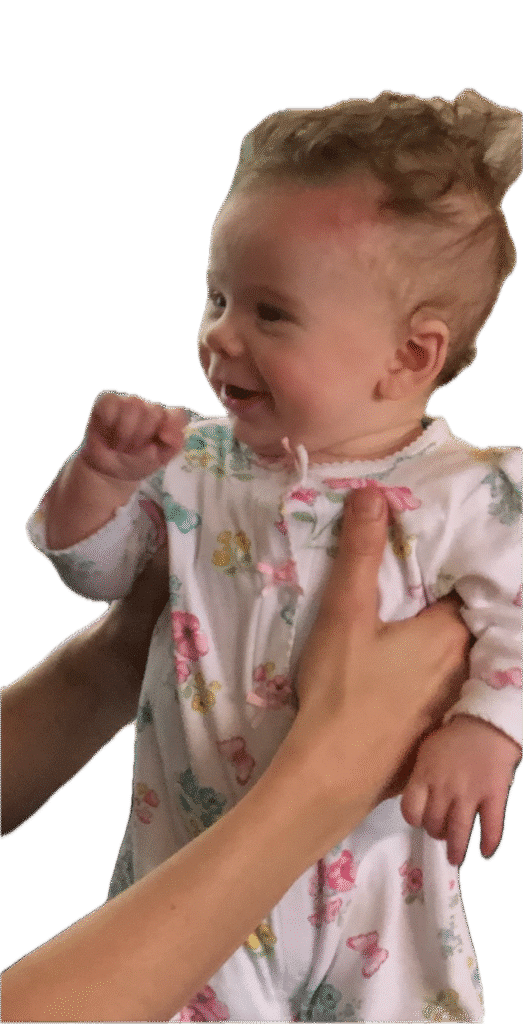What is the Alexander Technique and How Can it Help?
Developed over 125 years ago by Frederick Matthias Alexander, the Alexander Technique (AT) is a gentle method for learning to recognize and reorganize habitual postures and movements in order to relieve a variety of health and performance issues. It focuses on maximizing the flexible support of the spine in all our movement — in much the same way as a very young child.
It all begins with how the head balances atop the spine. Alexander discovered that by avoiding tightening the muscles of his neck, thus allowing the head to balance freely atop his spine, he could allow for a simpler and more efficient organization of any movement — from basic activities (speaking, standing, walking) to more complex (playing an instrument, washing the dishes, playing a sport). The ability to consciously reorganize requires expanding our awareness – becoming aware of oneself while simultaneously being aware of the environment.
Most of our daily activities are performed unconsciously, utilizing inefficient neuromuscular patterns built up over many years. These patterns become more complicated and layered as we react to new circumstances and challenges without thinking. The good news – inefficient patterns can be undone.
New neuromuscular patterns can be consciously created following a process that undoes the established pattern and allows a fresh one to emerge. This process consists of specific steps and these steps can be understood as occurring in layers – perhaps like a musical composition. First, the rhythm section establishes the beat and supports the piece; next, melodic instruments join in over the rhythm section; and finally, the vocalist soars above it all. These things happen one after the other, yet all at the same time.
In the Alexander Technique the steps are:
- Stopping or pausing (which we refer to as Inhibition and is experienced on a cellular level)
- Conscious Awareness (which over time grows to encompass more and more breadth and depth)
- Direction (which is the choice to allow for movement in a different way, from a different place, with muscles firing in a different sequence)
(Each of these having more depth than one might first assume.)
As simple as it sounds, this is not an easy thing to do! The habit is so strong; our sensory awareness is so inaccurate; we are not doing what we think we are doing; our desire for the end-goal prioritizes product over process. The teacher’s job is to help you advance in the process more speedily than you might on your own.
Over the long term, the consequences of poor posture can be decreased functioning, pain, and lessened ability to manage stress. While there is abundant anecdotal evidence supporting the Technique, there is also an emergent body of research to support it.
One example, research published in the British Medical Journal found the technique significantly reduced symptoms of chronic back pain and provided longer term benefits compared to conventional treatments, such as massage, pain killers or exercise alone. For additional relevant research go to AlexanderPainScience.com .
Key Benefits:
Increased focus
Improved balance, postural tone, and coordination
Enhanced breath and vocal production
Trauma-informed stress relief
Help for sufferers of chronic pain

